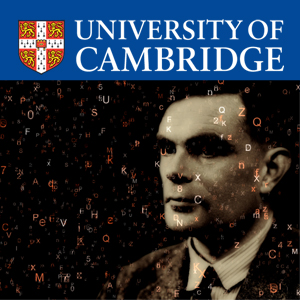Paul Smolensky - Subsymbolic Computation Theory for the Human Intuitive Processor
Duration: 1 hour 1 min 46 secs
Share this media item:
Embed this media item:
Embed this media item:
About this item

| Description: | Plenary talk given by Professor Paul Smolensky of Johns Hopkins University, on June 21 2012. The slides accompanying the talk (11 MB) are available for download at http://www.cl.cam.ac.uk/~bh288/cie2012/cie2012-smolensky.pdf |
|---|
| Created: | 2012-09-24 14:33 |
|---|---|
| Collection: | Turing Centenary Conference - CiE 2012 |
| Publisher: | University of Cambridge |
| Copyright: | B. Holm |
| Language: | eng (English) |
| Keywords: | computation; turing; cognitive process; symbolic functions; |
| Abstract: | The classic theory of computation initiated by Turing and his contemporaries provides a theory of effective procedures - algorithms that can be executed by the human mind, deploying cognitive processes constituting the conscious rule interpreter. The cognitive processes constituting the human intuitive processor potentially call for a different theory of computation. Assuming that important functions computed by the intuitive processor can be described abstractly as symbolic recursive functions and symbolic grammars, we ask which symbolic functions can be computed by the human intuitive processor, and how those functions are best specified - given that these functions must be computed using neural computation. Characterizing the automata of neural computation, we begin the construction of a class of recursive symbolic functions computable by these automata, and the construction of a class of neural networks that embody the grammars defining formal languages. |
|---|---|
Available Formats
| Format | Quality | Bitrate | Size | |||
|---|---|---|---|---|---|---|
| MPEG-4 Video | 480x360 | 1.84 Mbits/sec | 854.15 MB | View | Download | |
| WebM | 480x360 | 696.73 kbits/sec | 311.29 MB | View | Download | |
| Flash Video | 480x360 | 567.76 kbits/sec | 256.92 MB | View | Download | |
| iPod Video | 480x360 | 505.3 kbits/sec | 228.66 MB | View | Download | |
| MP3 | 44100 Hz | 125.01 kbits/sec | 56.43 MB | Listen | Download | |
| Auto * | (Allows browser to choose a format it supports) | |||||

